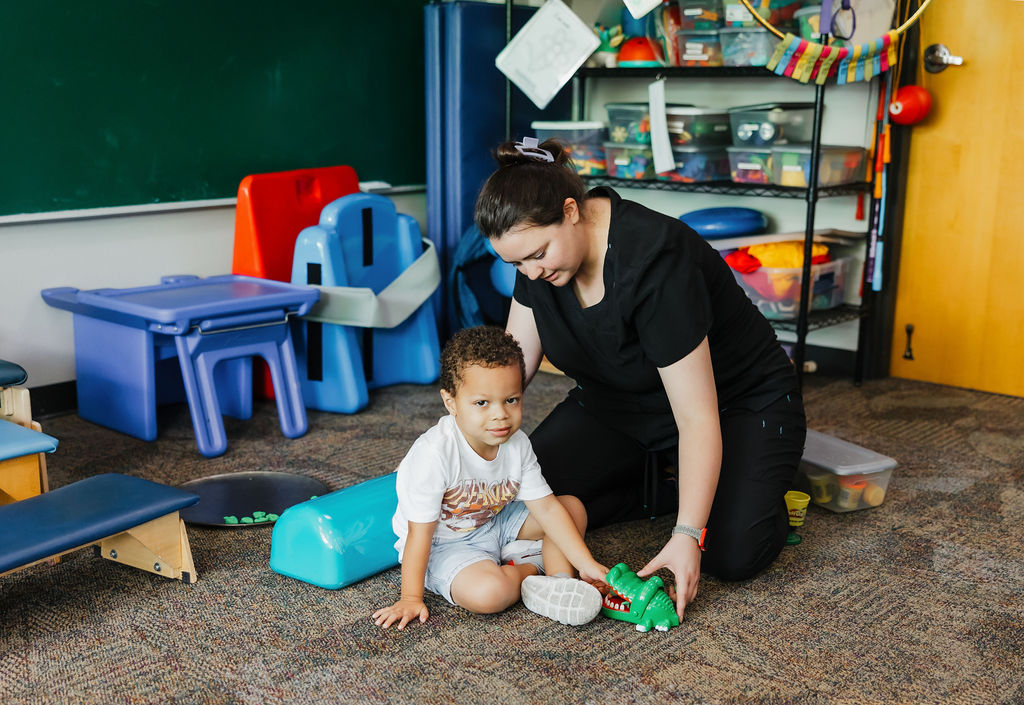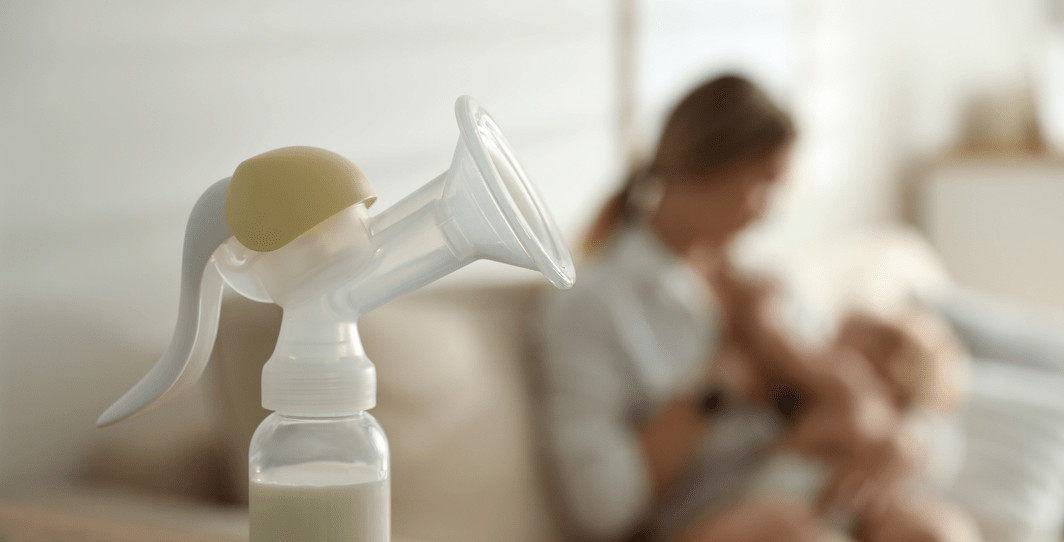As the school year ends and long summer days stretch ahead, many parents are wondering how to keep their kids entertained without screens taking over. While a little screen time isn’t harmful, too much can lead to restlessness, disrupted sleep, and missed opportunities for real-world fun. Fortunately, summer is the perfect time to encourage creativity, physical activity, and good old-fashioned play. Here are some of the best screen-free summer activities to keep kids happy, active, and engaged — no Wi-Fi required!
1. Backyard Adventures
You don’t need to leave home to spark imagination and exploration:
- Backyard Camping: Set up a tent, make s’mores, and tell stories under the stars.
- Scavenger Hunts: Create lists of nature items to find (a feather, a smooth rock, a red flower).
- Obstacle Courses: Use cones, pool noodles, or whatever you have to build a fun, challenging course.
2. DIY Arts and Crafts
Let kids get messy, creative, and proud of what they make:
- Nature Collages: Gather leaves, twigs, and flowers for a textured masterpiece.
- Rock Painting: Turn found stones into ladybugs, monsters, or kindness rocks to hide around town.
- Friendship Bracelets: An old favorite that builds fine motor skills and patience.
3. Water Fun Without the Screens
Beat the heat with some classic water play:
- Sprinkler Games: Run, dance, or limbo through it!
- DIY Splash Pad: Lay out a tarp, turn on the hose, and let the giggles begin.
- Water Balloon Baseball: A splashy twist on a summer favorite.
4. Garden Growing and Bug Watching
Kids love seeing things grow — and tiny creatures up close:
- Grow Your Own Snacks: Plant fast-growing seeds like radishes, lettuce, or cherry tomatoes.
- Build a Bug Hotel: Use sticks, leaves, pinecones, and recycled containers to make a cozy spot for critters.
- Butterfly Watching: Learn about local species and try to spot them on walks or in your yard.
5. Explore the Great Outdoors
Make the most of parks, trails, and nature preserves:
- Hiking with a Twist: Let kids lead the way or create a trail map together.
- Creek Wading and Stone Skipping: Simple joys that never get old.
- Picnic Parties: Let them help pack a lunch, bring books, and make it a full afternoon adventure.
6. Cook Together
Get kids in the kitchen for fun, tasty learning:
- No-Bake Recipes: Try homemade granola bars, frozen yogurt bites, or fruit kabobs.
- DIY Pizza Night: Let each child build their own mini pizza with favorite toppings.
- Lemonade Stand: Great for math skills, social interaction, and entrepreneurship!
7. Old-School Games and Challenges
Reintroduce the classics or invent your own:
- Jump Rope or Hopscotch: Easy to set up and great exercise.
- Board Game Tournaments: Invite neighbors or siblings for a game-day showdown.
- Daily Challenges: Set a fun goal like “learn to hula hoop” or “write a poem about summer.”
Keep It Simple, Keep It Fun
Summer doesn’t have to be perfectly planned — kids thrive when they have freedom to explore and be bored. That boredom can be the beginning of something creative, spontaneous, and joyful. A screen-free summer might just become their favorite kind.
So put down the tablet, grab a bucket of sidewalk chalk, and dive into a season of real play, real connection, and real fun.












